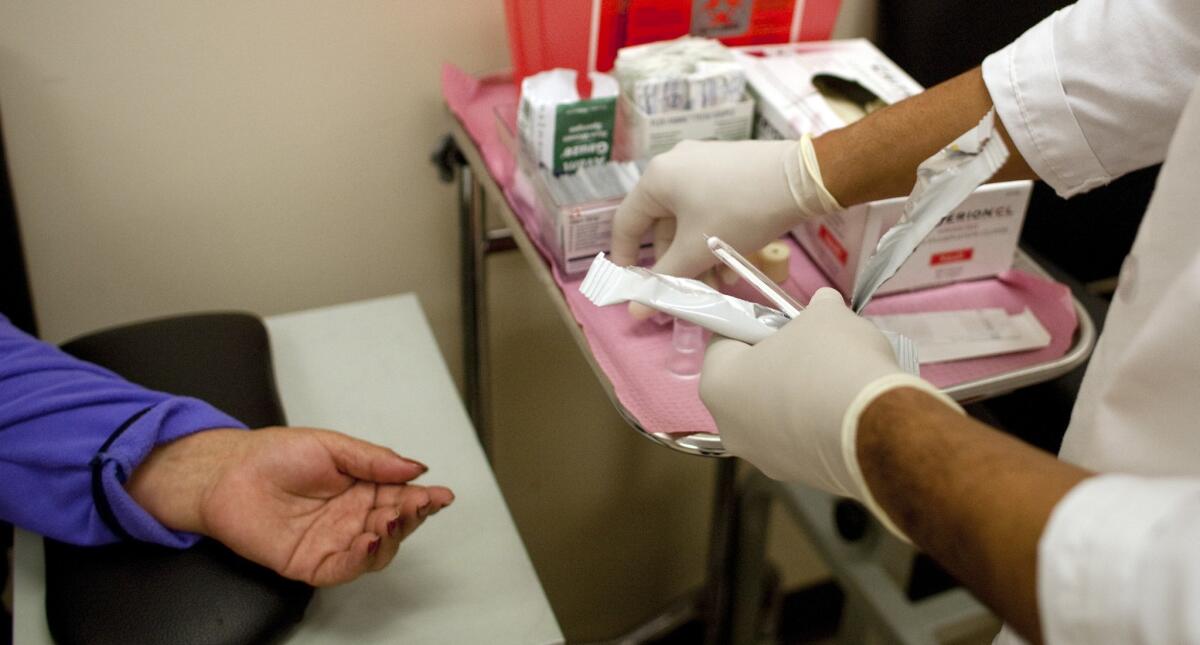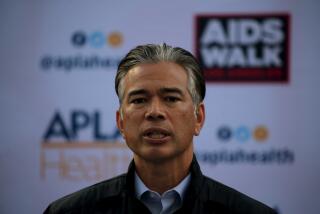Medical costs up to 20% higher at hospital-owned physician groups, study finds

Raising fresh questions about healthcare consolidation, a new study shows hospital ownership of physician groups in California led to 10% to 20% higher costs overall for patient care.
The UC Berkeley research, published Tuesday in the Journal of the American Medical Assn., illustrates the financial risks for employers, consumers and taxpayers as hospital systems nationwide acquire more physician practices.
Health insurers typically pass along these increased costs in the form of higher premiums for employers and workers. Consumers also face higher prices with insurance deductibles rising.
“I think this consolidation wave is virtually unstoppable,” said James Robinson, the study’s lead author and a UC Berkeley professor of health economics. “Left to itself, it will increase the cost of healthcare.”
Total spending per patient was 10.3% higher for hospital-owned physician offices compared with doctor-owned organizations, according to the study.
Costs were even higher when large health systems running multiple hospitals owned medical groups. Their per-patient spending was 19.8% higher compared with independent physician groups.
Mergers between hospitals and physician groups often are touted as a way to coordinate care better, eliminate unnecessary tests and treatments and ultimately reduce costs. Provisions of the Affordable Care Act encourage healthcare providers to collaborate more and shift away from conventional fee-for-service medicine.
But some health policy experts and employers said that care coordination can be achieved without consolidation and that such tie-ups merely serve to reduce competition and push up prices.
“There may be some cost efficiencies internally, but the savings aren’t passed along to the consumer or the employer paying for the care,” said Suzanne Delbanco, executive director of Catalyst for Payment Reform, an employer-backed group in San Francisco.
Delbanco said much of the research to date has focused on what happens when hospitals consolidate, so she welcomed more analysis of the effect when hospitals acquire physician practices.
The California Hospital Assn. defends partnerships with physicians as an important way to align financial incentives among providers and deliver care more efficiently. Hospitals also said the benefits of consolidation can take time to materialize.
“There needs to be a new way to transition from providing care to being part of a team that manages health,” said Anne McLeod, the hospital group’s senior vice president for public policy and transformation.
Of the 158 medical groups studied, 75% were owned by physicians. The rest were owned by local hospitals or larger healthcare systems with multiple hospitals.
Robinson said buyers of medical groups are often the biggest, most dominant hospital systems in their local market and these deals grant them even more power to raise prices.
The newly acquired physician groups also can face pressure to refer patients to more expensive imaging and other outpatient treatments that can be cheaper at free-standing clinics.
“There is a strong case for coordination of care,” Robinson said, “but there is a weak case for consolidation of physicians and hospitals into large mega-systems.”
The JAMA study examined total medical spending for about 4.5 million HMO patients in California from 2009 to 2012. The data didn’t include patients with commercial PPO coverage, Medicare or Medicaid.
These figures reflect the total cost of care, including hospitalizations, prescription drugs and physician visits. The data was obtained from the Integrated Healthcare Assn., which includes insurers and medical providers.
Researchers adjusted for differences in patients’ health and variation in costs by region.
Twitter: @chadterhune
More to Read
Inside the business of entertainment
The Wide Shot brings you news, analysis and insights on everything from streaming wars to production — and what it all means for the future.
You may occasionally receive promotional content from the Los Angeles Times.











